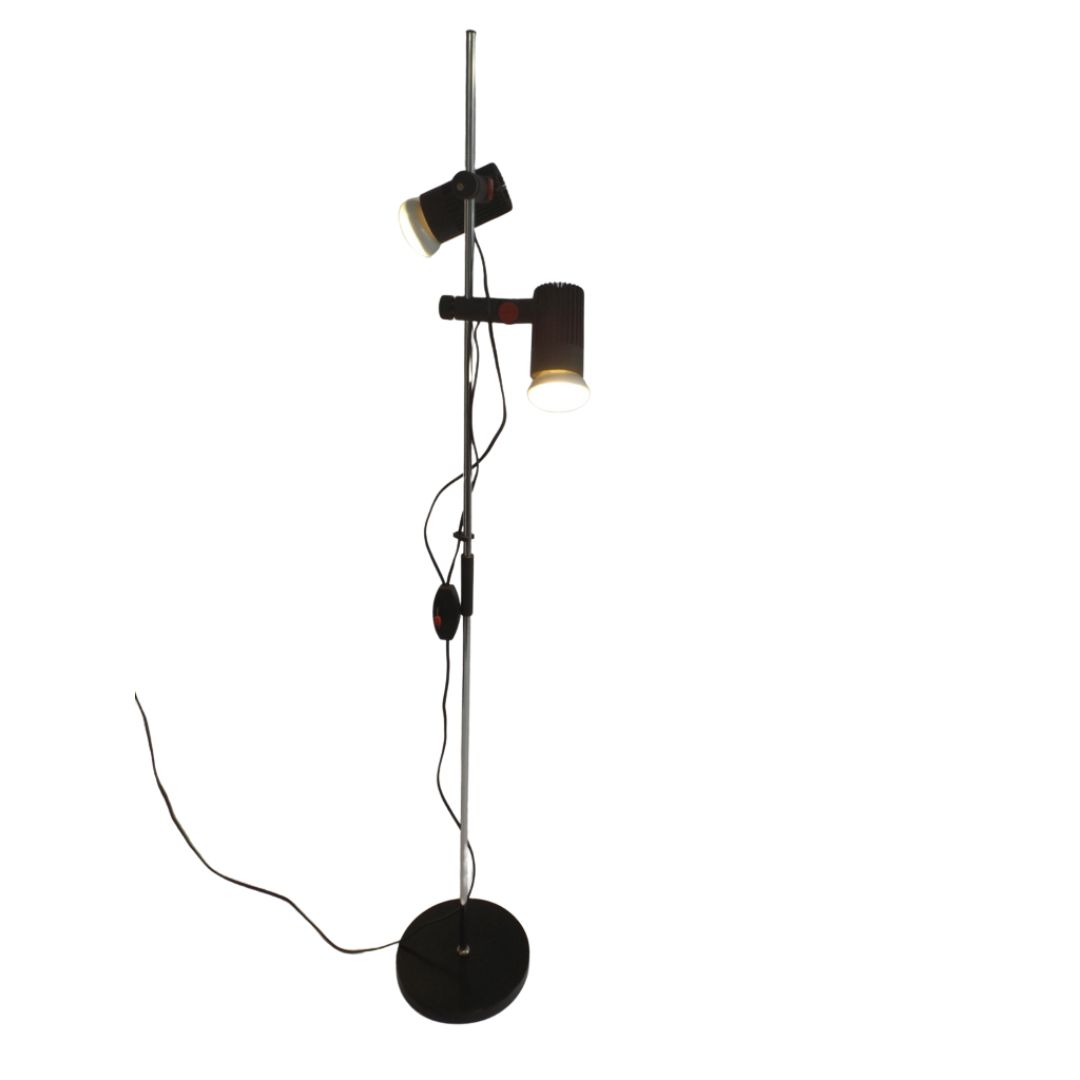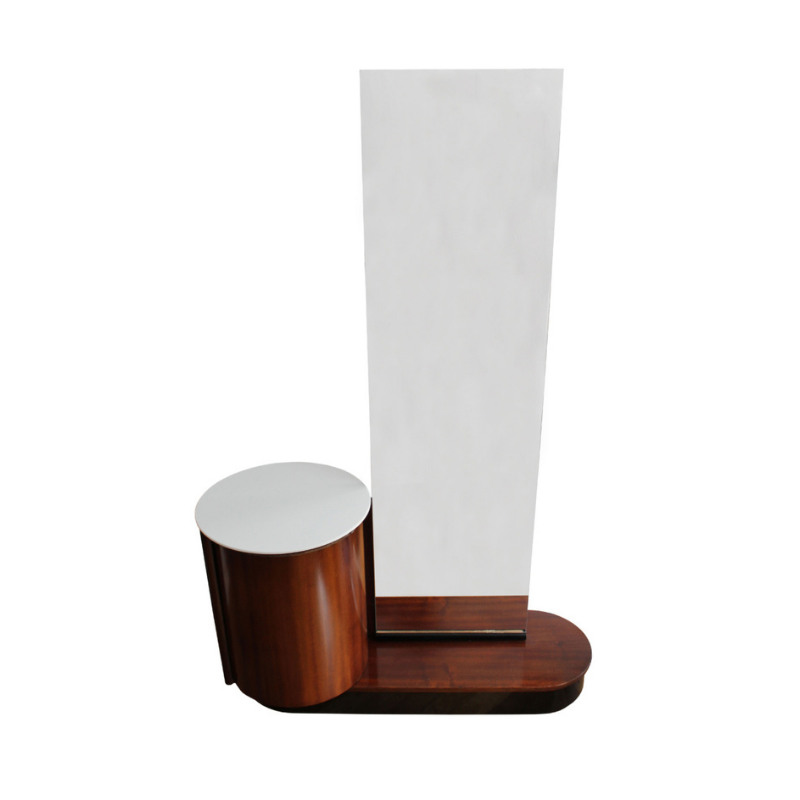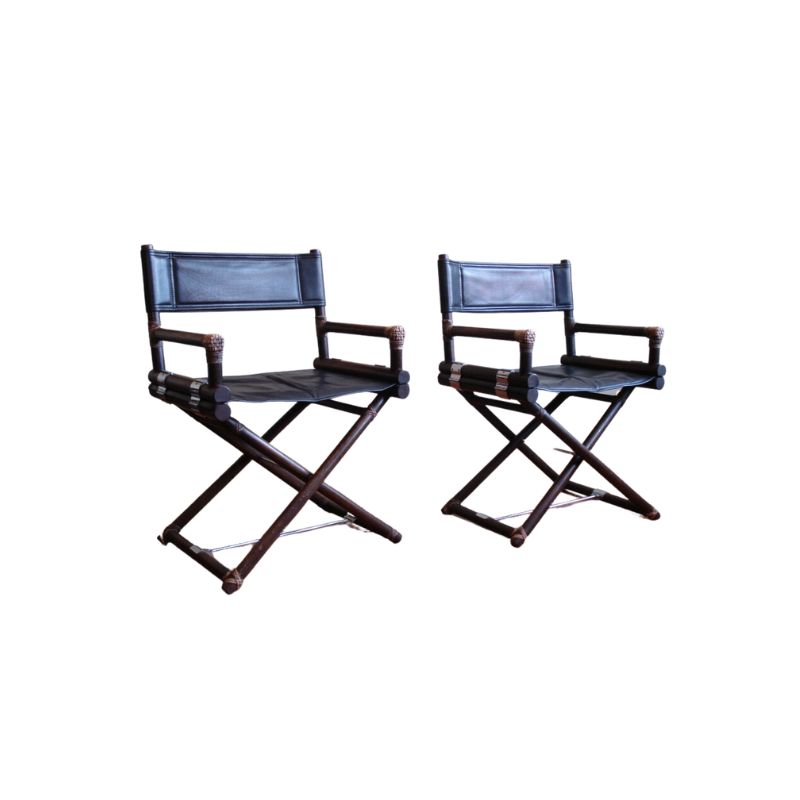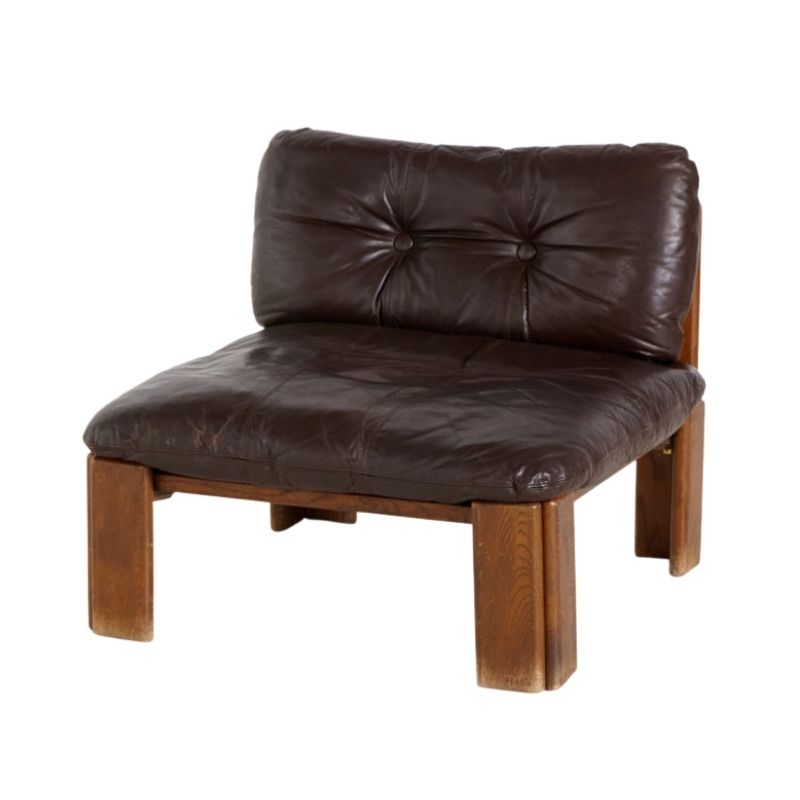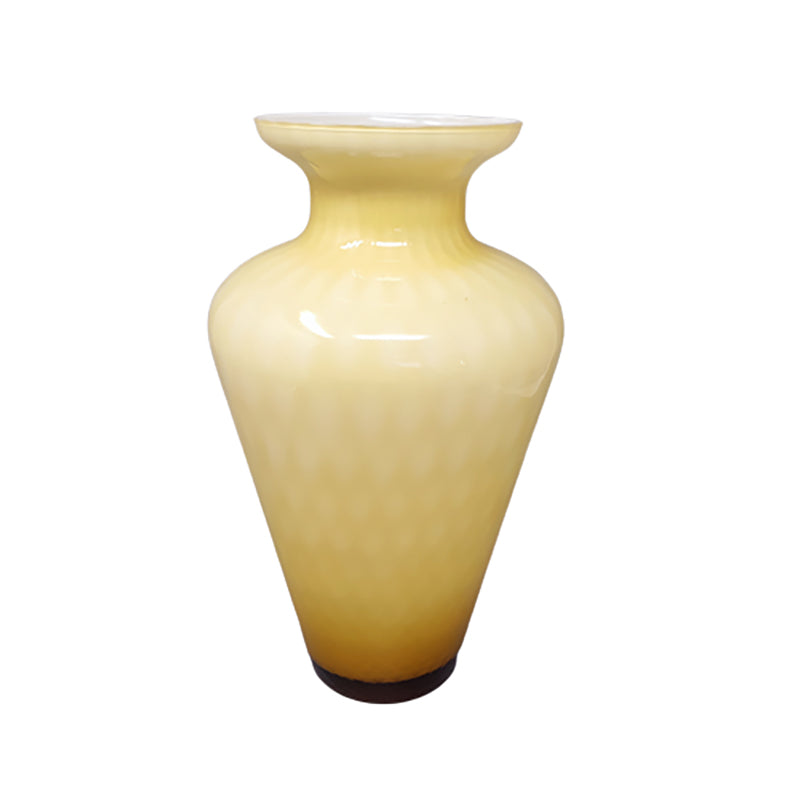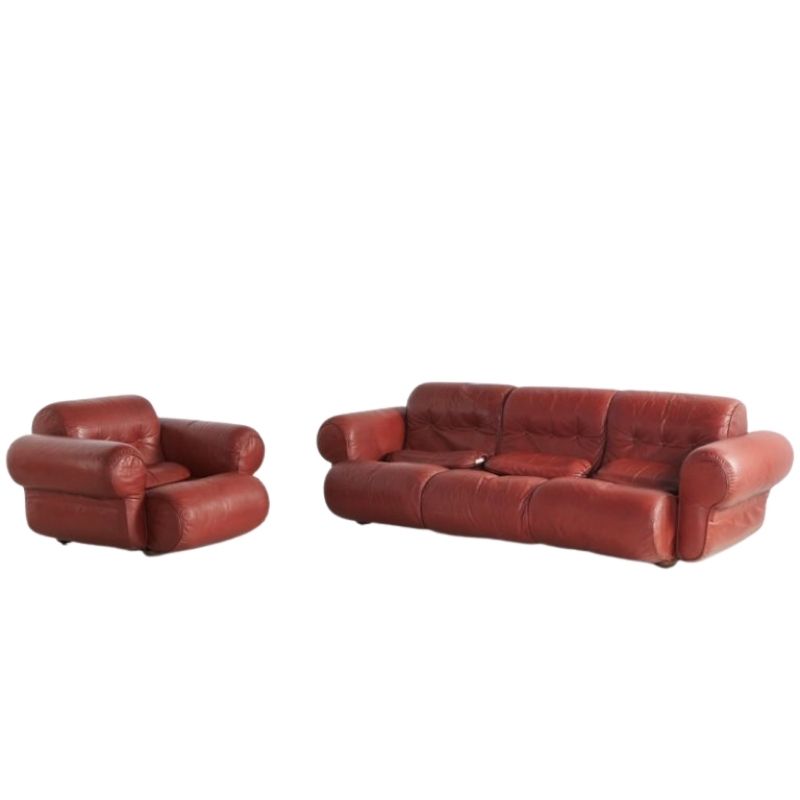This is the sort of thing I'm working on at the moment, using reclaimed timber, shellac and remnant saddle hyde. Its more about craft than design for production but nonetheless I'd be happy to read any suggestions or thoughts.
I have followed this autocad/3d max model pretty closely and just have to drill the holes for the legs and make the cushion (it drops into a depression in the top) which hopefully I'll get done next weekend.
I might post models of variations of my own or of any suggestions anyone cares to make. Thanks, Heath
design/craft
Thats a nice stool, Heath. It the leather section padded too? Otherwise, convex shapes can be a little uncomfortable on the bum!
You seem to separate craft and design and production. I have often had discussions with students about whether or not they thought a piece they made could go into production. Often the reply has been one of uncertainty, sometimes horror.
One graduate made a chair using some 120, identical pieces of plywood. A friend reproduced it for him using a CNC machine. The graduate disliked it so much he gave it to his friend. Yet, the original had been cut using a bandsaw and sanded on a bobbin sander!
Your stool could easily be small batch produced. But, ofcourse it would need some financial outlay and a clientbase!
That's a
handsome little object. It might generate a small family of seats and tables ?
How is the central "bowl" made ? Lots of turnings in this piece, Heath -- do you have a lathe ?
Most interesting and mature comments from yoDesign. I too would laugh a bit a a designer, no matter how green, who produced a quintessentially production oriented piece yet clung to the beloved handwork that produced the prototype. When the maker falls in love with craft, rather than its result, odd things follow.
There's meat for much discussion here !
thanks for the comments guys,...
thanks for the comments guys, much appreciated, SDR is right, it is part of a group I want to do, off to get some more wood today. The materials for that one came to a grand total of $25.00. which is nice.
I suppose I have allways worked with production in mind, there is no reason why this couldn't be done even in large batches with a copy lathe but I'm hell bent on using recycled timber, its rarely a consistent supply and often has the odd nail hole or split so each piece may be slightly different, which I don't mind at all. For that reason and the fact that I enjoy applying shellac I consider it more craft. As long as the central hub is the right shape, the leg diameter and holes the right diameter and the drilling angle correct I can go to town with the lathe and work a little intuitively.
I'm using my fathers metal lathe, used to have a wood lathe when I was a teenager and desperate to get another, a good second hand one will turn up I'm sure.
.
Thanks, thats actually the 3d model, I just finished drilling the holes for the legs with very much needed help from my engineer father, there were some crazy compound angles going on with the drill press but we fixed it to the point where its now repeatable with an error of 2mm in the the legs. One thing I didn't anticipate was that the heat from the drill would melt the shellac, so the hub had to get refinished, but its ready for glue up now, yay!
Somehow the real thing has taken on more the look of a milking stool, I don't know how but will have another look at the cad file and get the tape measure out and see what happend, photos later.
I have found
that each change of scale brings surprises. Of course one expects to learn new things when seeing a drawing turned into an object -- but every time I translate a design from a model into a half- or full-scale prototype, the identical dimensions seems to produce different proportions.
Photographing these objects is another way of changing their visual effect. The difference between a long shot with a long lens, and a nearer shot with a wider lens, is expected to produce a different appearance, following the laws of perspective -- and it surely does.
Koen ?
Intelligent words SDR and tha...
Intelligent words SDR and thanks LRF.
I think the mistake I made was rendering the 3d model from its best angle, whereas I should have done it from its worst, or at least from a top down eye height view. I did do a full scale drawing aswell, that should have told me something if I was looking at it with a more critical eye. Anway in future pieces I'll be making the all a touch taller with a slightly stronger flare.
Here are some photos, I now see comparing drawings to the real thing I got the drilling angle wrong and should have brought the legs closer to the centre, aswell as made them longer. Later I might put altered models up. Better get back to sanding and polishing.
Suggestions welcome.
.
I like it!
I really love it. The proportions everything! A bit different to others ,,heath-tly,, designs we saw before!
And it has ,,pe palitos,, 🙂
I wound,t posted any thing else. But now we see the photos:
Now, when we pass from Render or model to real object, of course we have changes. [As SDR and you said, it,s true !!! 🙂 ]
As you already said, the angles are different and the color of the wood too. [I prefer the render one 🙁 ] , I you one day make another, I,d exaggerate the angle even more than the render (a little bit), who knows will be better than the render.
It,s a sin to ,,dye,, the wood to make it brownie as the render? I also like as LRF the shiny wood in the render, and being darker will enhance that bright. (*)
The conical-(pe-palito)legs, in the render is much bigger in the upper side and not so much down (more conified-conical).
Just suggestions
You are working hard! Good work, and very nice!
* Isnt more trendy darker? 🙂 (or better a trendy face)
oil finish
heath,
Great job. It has defenitely a great silhouette.I prefer natural wood look as well. I don't see the reason to put a laquer on wood. An oil finish makes the piece look more unique and special. The shiny laquer makes them look a little cheap. Try to choose a nice leather. blk or brn.
the role of engineering
very nice work, heath.
i trust i won't be considered out of touch to say that i think the beautiful project could also be used as a handsome side table with some slight modifications to the top.
aside from that, the only noteworthy thing which comes to my mind has more to do with engineering than design, namely the load-bearing properties of a piece with splayed legs.
obviously the heft of your piece, the density of the wood, the angle of the legs, the details of their attachment to the base and their amount of grip to the floor work in concert to create a very sturdy-looking stool.
my question has more to do with how far you can safely push the degree of splay before you begin to see the need of a secondary support system [greatly altering the aesthetics, most likely] to keep the legs from spreading further under an increased load.
is this a trial-and-error thing? experienced intuition? informed by lots of sophisticated math? part of your 3d modeling application's capabilities? other?
i suppose i'm one who is intrigued with the interaction of engineering and design, such as a building's cantilever which to even a semi-informed eye appears precarious but is actually very well supported and thus safe. or even calder's work wherein the delicate balance of visual mass is discretely camouflaged, instilling a sense of wonder in the viewer.
thanks in advance for whatever comments you can offer.
If you need any help, please contact us at – info@designaddict.com



